I was recently asked by a customer to service and repair two of his gorgeous Kenwood L-1000 series components. In the lab this time were an L-1000T tuner and matching L-1000D compact disc player. All I can is wow! This gear is seriously well put-together and just beautifully engineered.
In what was a great result, I successfully repaired both units. This was especially pleasing, because equipment like this deserves to be on show, playing music. Not only does it sound good, but it is so well-engineered.
Problems
The L-1000T tuner had some heat-related issues in the power supply. This caused a capacitor failure and several dry joints in this part of the circuit board.
A dry joint is a solder joint that has deteriorated over time, usually due to excessive thermal loading. As a result, the electrical resistance of the connection can increase, become intermittent and can even go open-circuit. This is due to a gradual deterioration of the solder’s properties and mechanical integrity of the joint.
Dry joints or ‘cold solder joints’ are easily fixed, once identified, by re-soldering or ‘re-flowing’ the affected joints. Joints often become dry with age because heat generated by power devices like transistors and regulators is largely ‘sunk’ by the joint and associated traces. The volume of solder in the joint diminishes gradually over time, leaving the component poorly connected to the PCB.
Perhaps this system had been kept in a cabinet with poor airflow, stacked near other gear which got warm. Maybe it was simply because the case-work itself is enclosed and the chassis is therefore unventilated. Either way, I’ve seen this since on other L-1000 components, especially the L-1000D.
The L-1000D CD player was also broken – it would not load discs and when I was able to force it to load a disc, it would not read the table of contents (TOC). It turned out the player needed some TLC around the loader part of the mechanism. I had to lubricate rails, gears, motors, pivot points and sliders. I also restored the rubber drive belts, which were slipping and causing the loader not to operate correctly.
Restoring Rubber Belts
Drive belt restoration is a good option, when you don’t have access to a new drive belt and the rubber is otherwise OK, ie not perished. Restoration of rubber drive belts is best achieved by using very hot water. The idea is to boil a kettle, pour a little hot water into a glass and then dunk the rubber drive belt into it. This process, combined with cleaning pulleys of rubber and greasy debris, often completely resolves poor drive performance. After restoration, the mechanisms moved as they should once again… Well sort of…
The last piece of this puzzle was that the loader mechanism and the disc sled had somehow become slightly out of sync. The micro-switch interlock was not registering that the loader was closed and a disc loaded. The microcontroller therefore was not sending a command to the spindle motor to spin up, which in turn meant the CD table of contents (TOC) could not be read.
I fixed this by carefully re-registering the mechanism and its parts, so that everything aligned correctly. This required moving the mechanism through its entire range of motion and carefully aligning parts in the way they were meant to align. Someone must have been in there before me and just not done the job properly. The player now reads every disc first time, within seconds.
Kenwood L-1000 Series
These L-1000 series components truly are superbly engineered. Build quality is as good as it gets, outside of Accuphase, Mark Levinson or Krell. Certainly, Accuphase gear is better, but you don’t often see this level of engineering in consumer gear.
The boards are superbly laid out and built, components are installed very precisely, component quality is very, very good. There are lots of decoupling and bypass capacitors, lots of styroseal caps, sealed and shielded areas in the tuner and the list goes on. Boards are mounted on metal trays which are themselves mechanically decoupled from the chassis.
More information on the L-1000D can be found at The Vintage Knob. More on the L-1000T tuner, including manuals, can also be found at HiFi Engine.
The tuner is seriously one of the very best I have ever seen in terms of construction. Having said that, this Kenwood L-1000T was beaten by my Marantz 125 tuner, in a shoot-out between the L-1000T, Marantz 125, Luxman T-4, and Sansui TU-717. The Marantz easily beat this group sonically. I have since further improved the signal path by adding film caps in place of the tantalum output couplers. The Kenwood L-1000T came second though, and sounded very good indeed.
I love working on Kenwood gear. If you also have some L series components needing work, or any other classic Kenwood gear for that matter, don’t hesitate to get in touch with me.
Discover more from LiQUiD AUDiO
Subscribe to get the latest posts sent to your email.

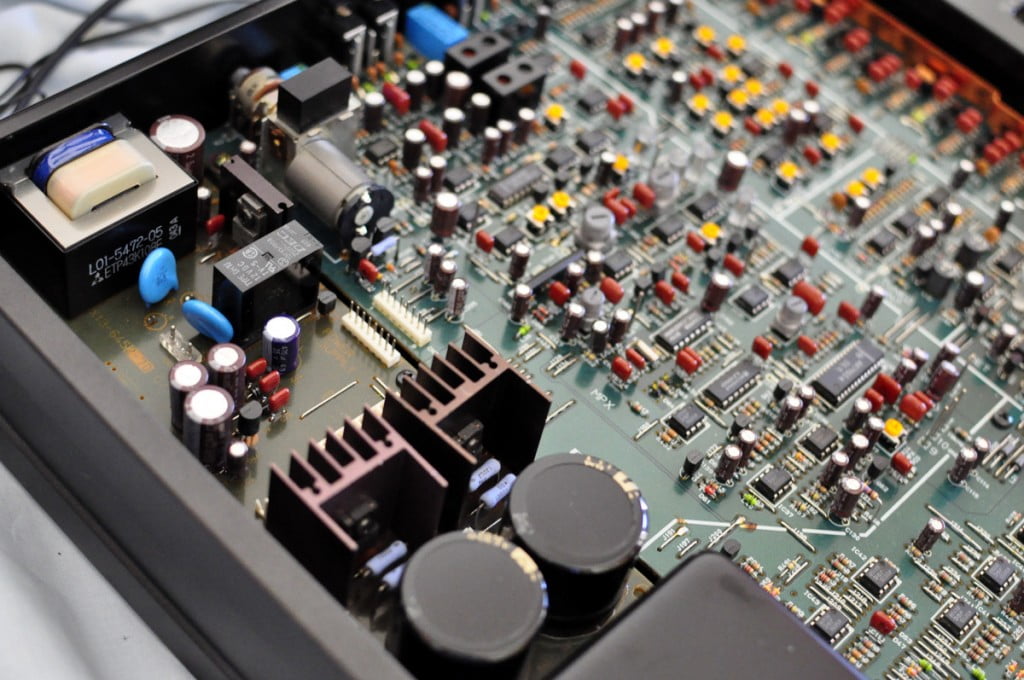
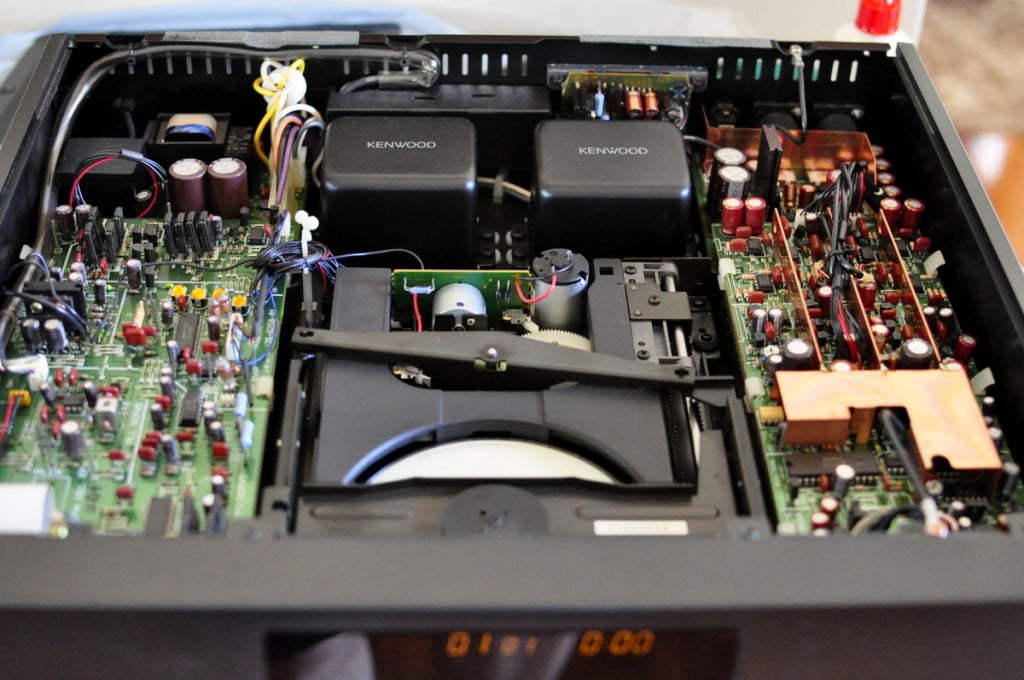
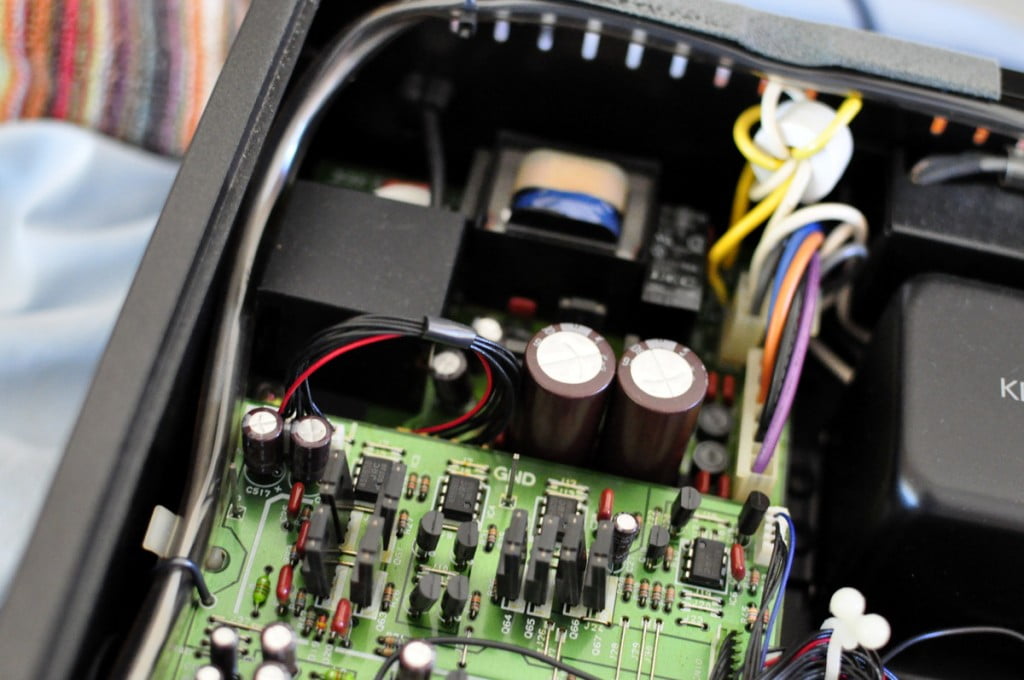
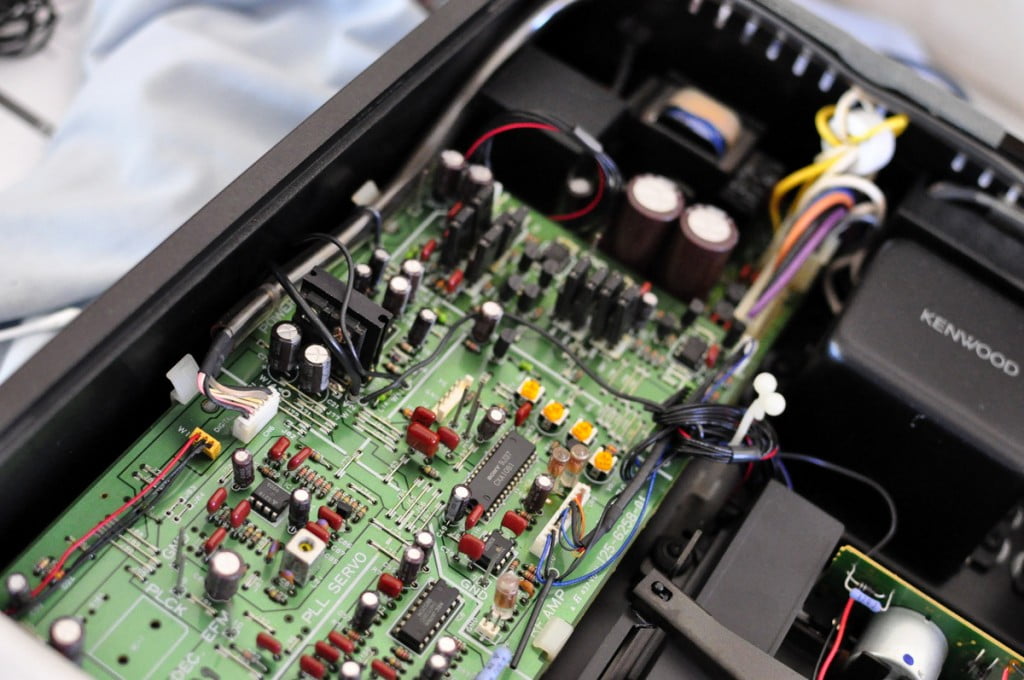
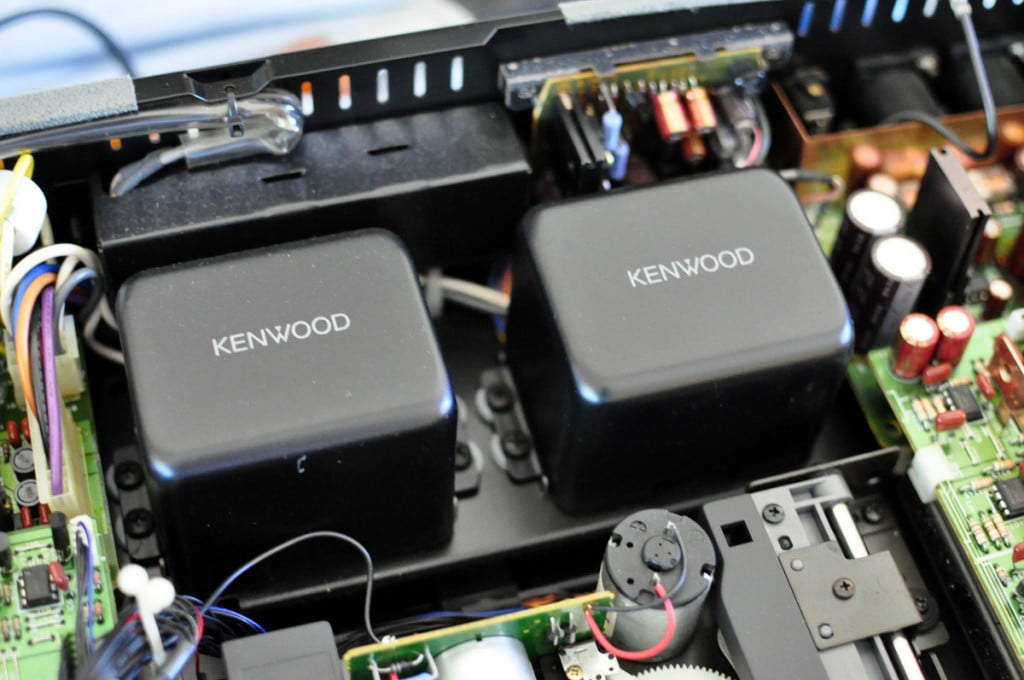
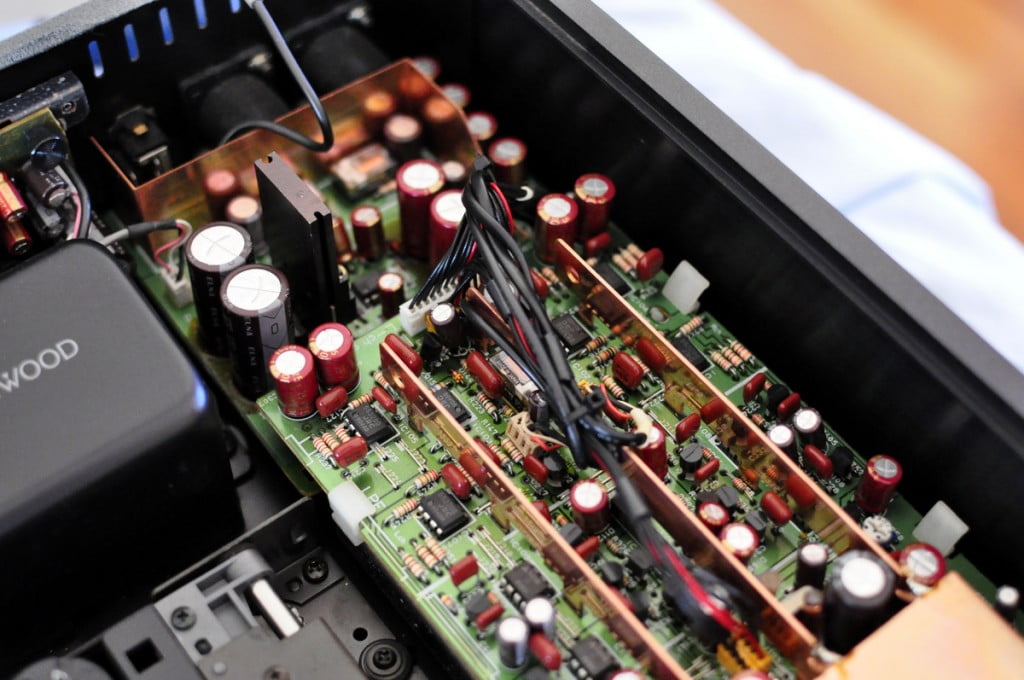
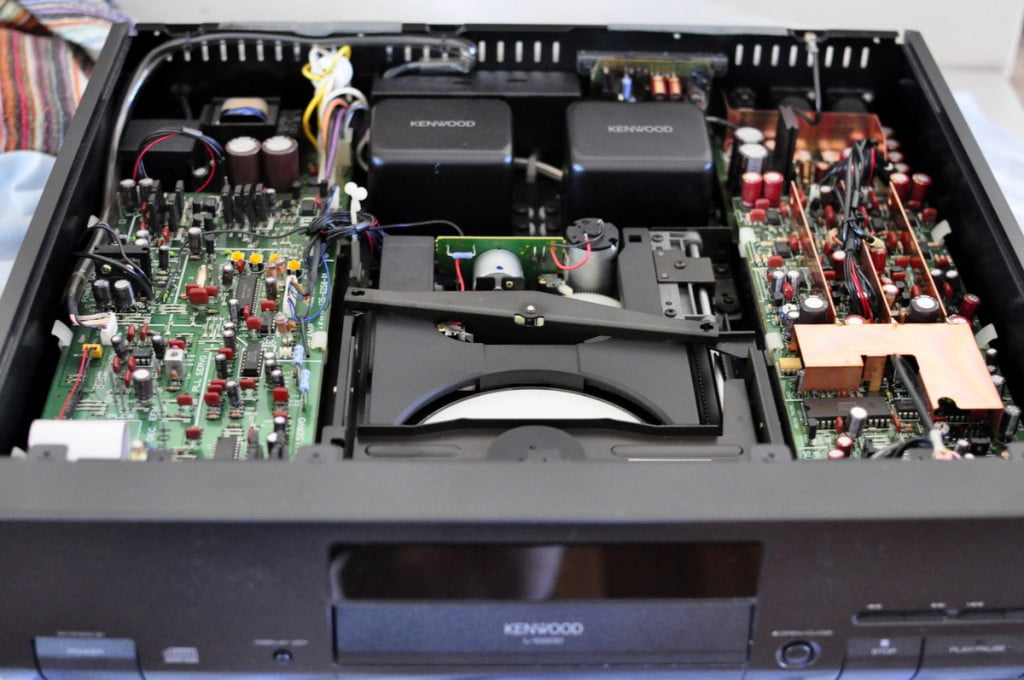
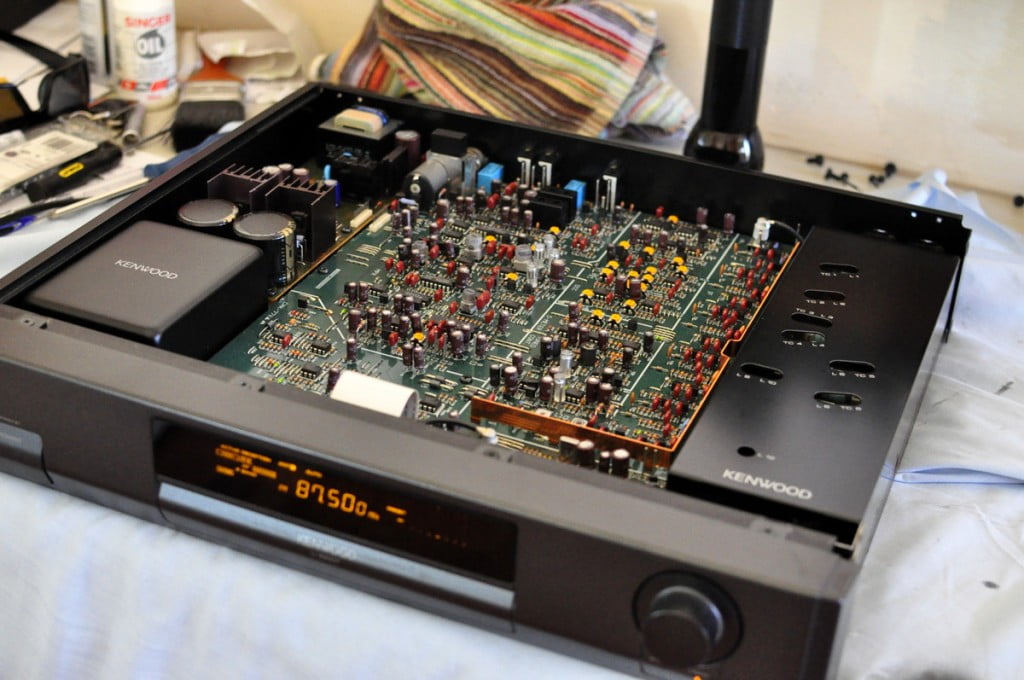

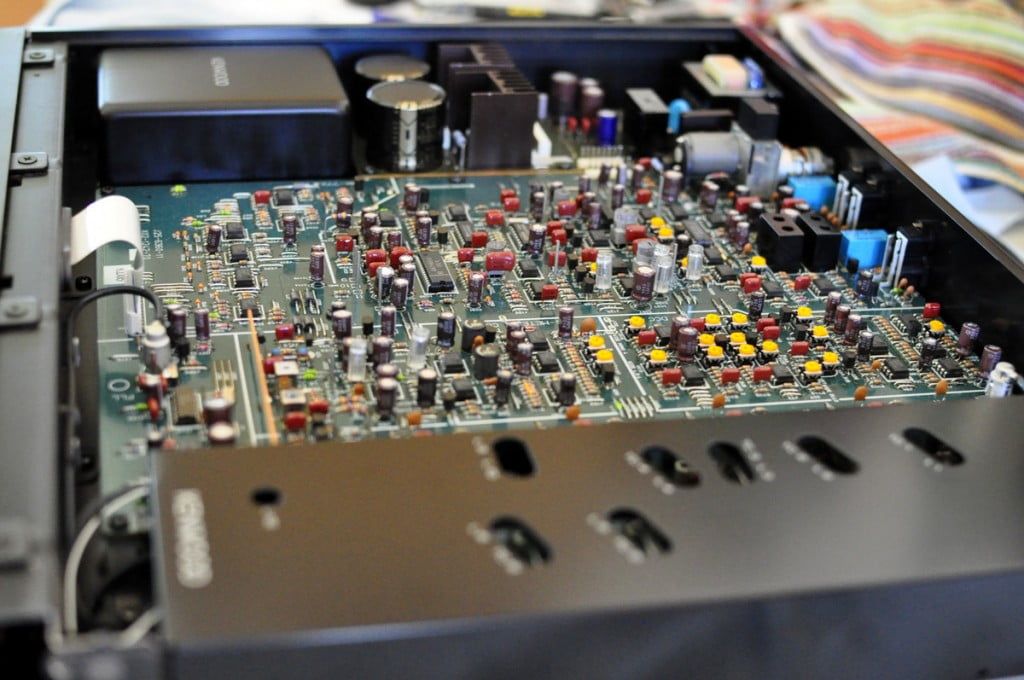
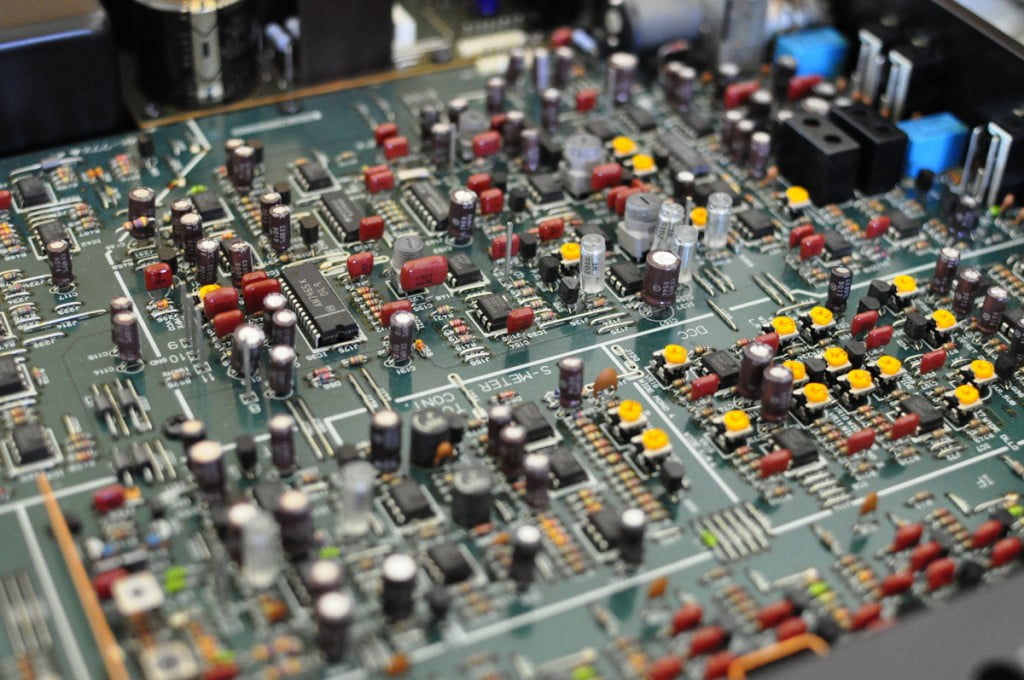
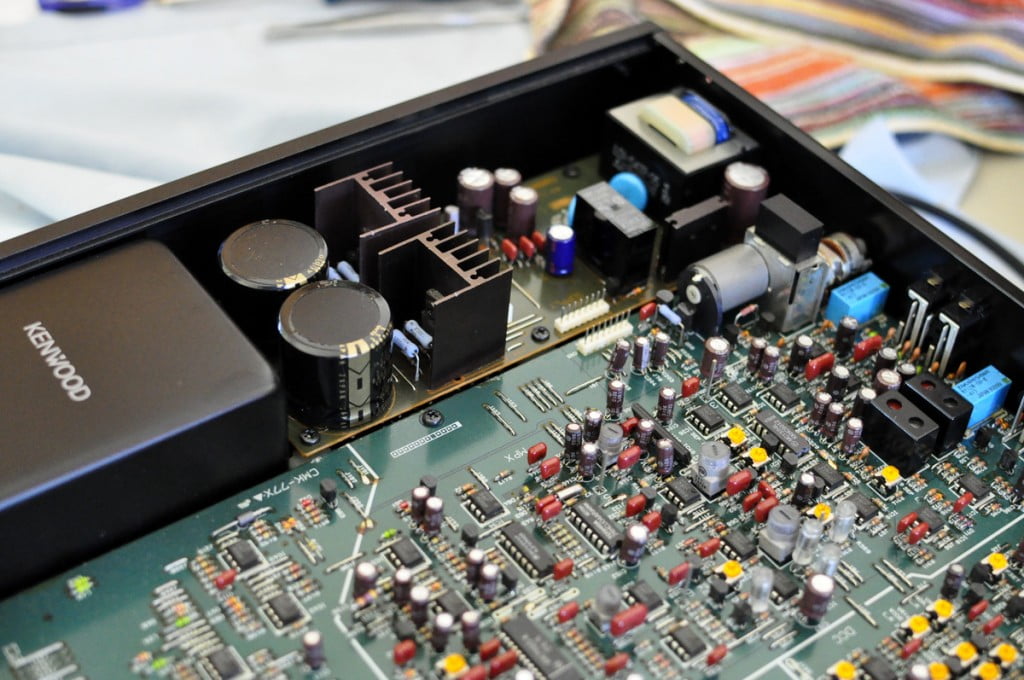
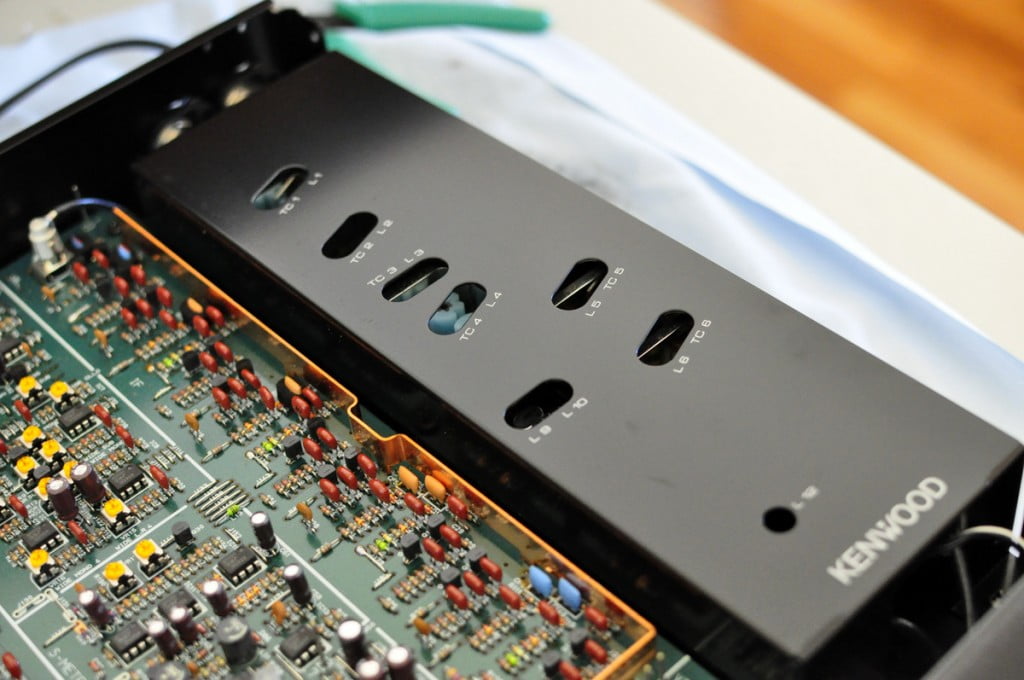
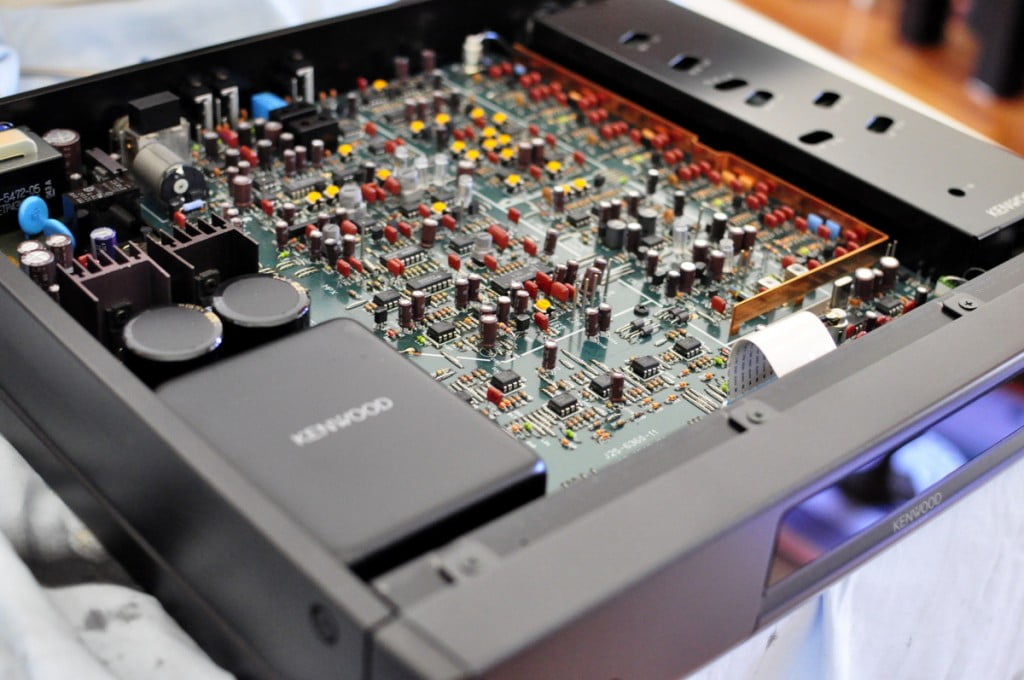
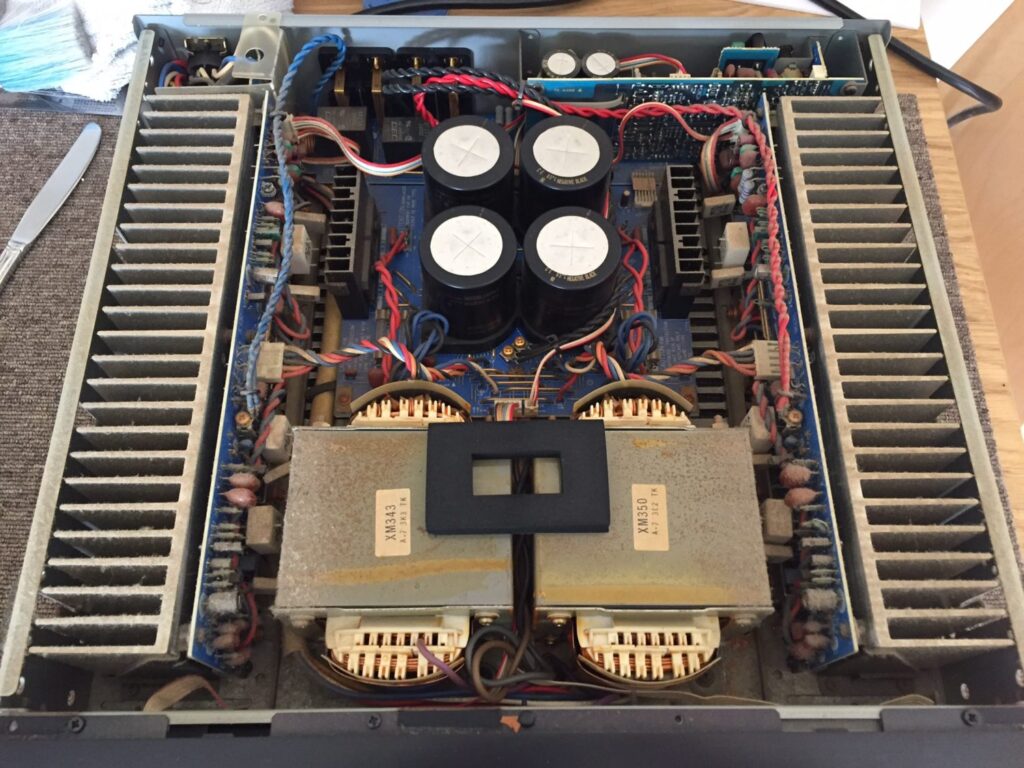
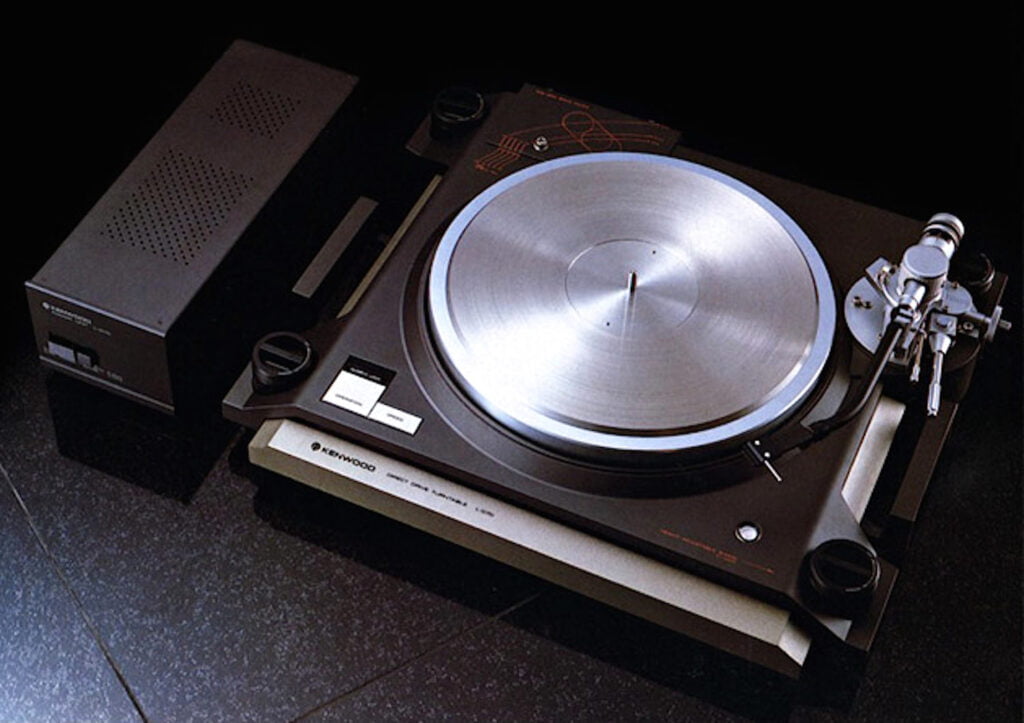
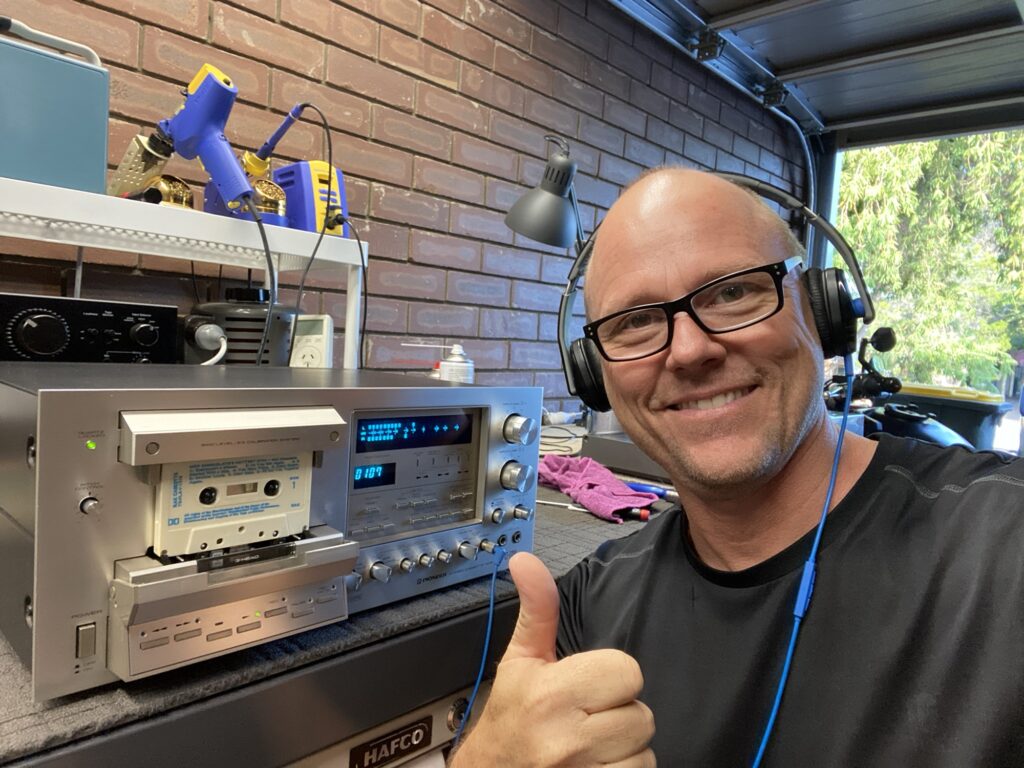
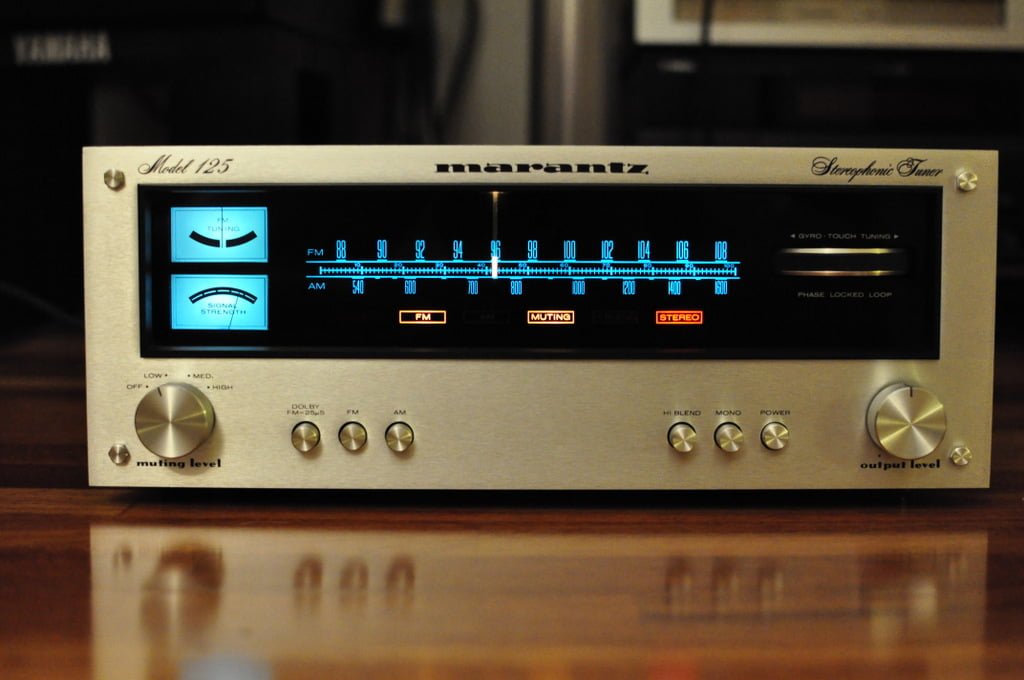
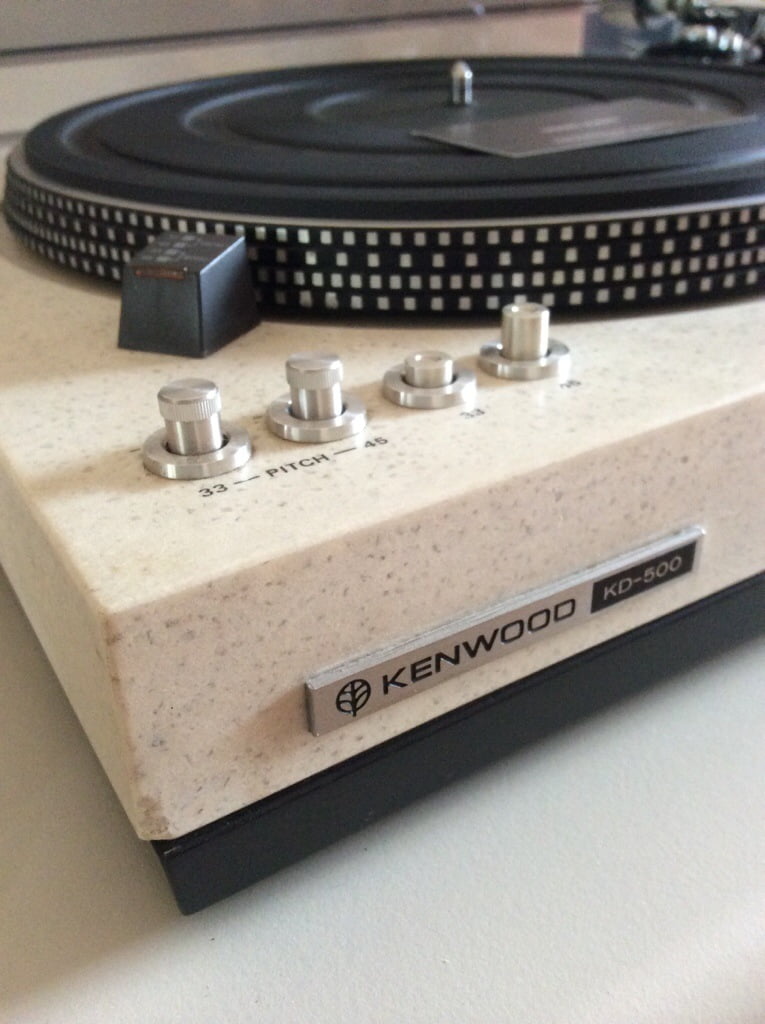
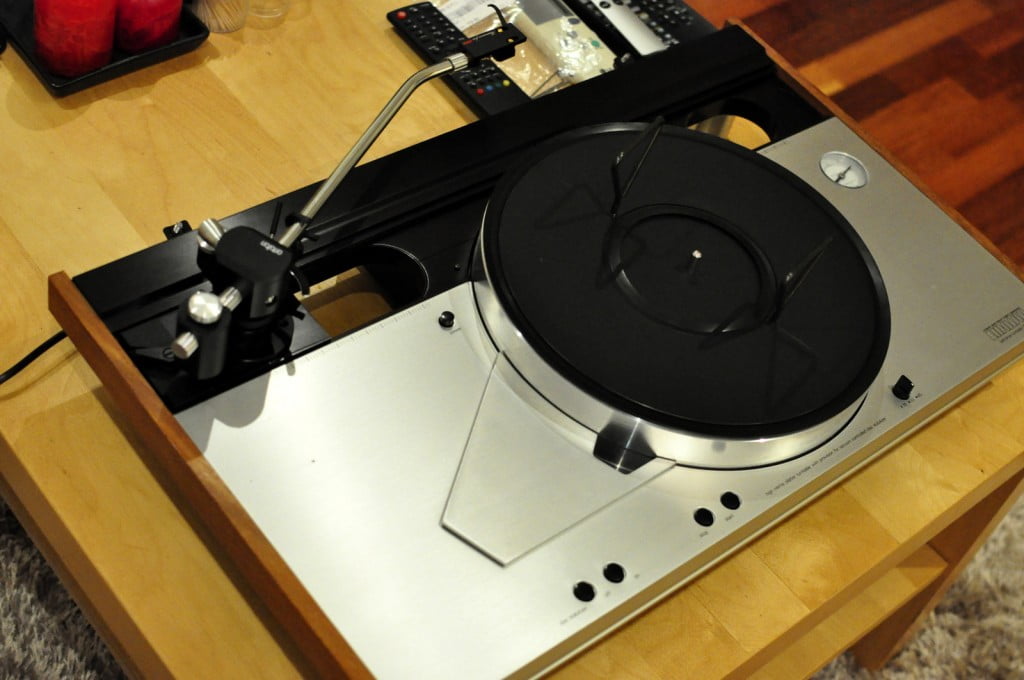
I have the the full set of the Kenwood L-1000 series and would be interested in getting you to take a look over each of the units for a service / maintenance. All components are working as they should.
One quirky thing is I am using the CD player as a transport and after a couple of cd’s the unit seems to send out a weaker signal to the DAC and the DAC starts to jitter. If I play the CD player with the RCA’s not an issue at all.
I also have a Kenwood KD550 that I have seen on your site. In Midland though work in Landsdale.
Would be interested in getting an idea of cost involved.
Cheers
Kalin
Hi Kalin
Not sure if I replied to you at the time, but definitely get in contact with me if you would still like this work done on your L1000 components and KD-550.
Kind regards
Mike
The Problem which is never discussed is the logic of mixing new transistors with old ones and replacing them into circuit boards too old and too brittle? Anything piece of audoi 20> needs to be fully restored…including transformers whose cores become saturated over time. Restoration of a Tuner, Turntable and perhaps, a Preamp make sense because of the lack of heat, but to restore a power amp, transformers, circut boards, wiring and all transistors need to be equal or you do not get the full benefit of a restoration. All or nothing at all!
Hi Carpe and thanks for your comment. Whilst much of the work done in this space is ill-advised and ill-informed, what you’ve said here is also technically incorrect. Transformer cores do not become saturated over time. Saturation happens only whilst they are energised, with too much voltage. Cores can become magnetised over time but this completely different and is of no great significance. Equipment older than 20 years does not automtically need to be fully restored, far from it. What all equipment needs is the right approach to maintenance, something I address here for example: https://liquidaudio.com.au/sansui-au-317-amplifier-repair-review-rant/. Most modern ie post-1970 boards do not become brittle over time and transistors needing to be “equal” is not a term used in electronics. You may be referring to batch, type or parameter matching which are extremely important, but also easily achievable. With any electronics work, a conservative, technically informed, case-by-case approach is critical to achieving the best results and honouring the original design.